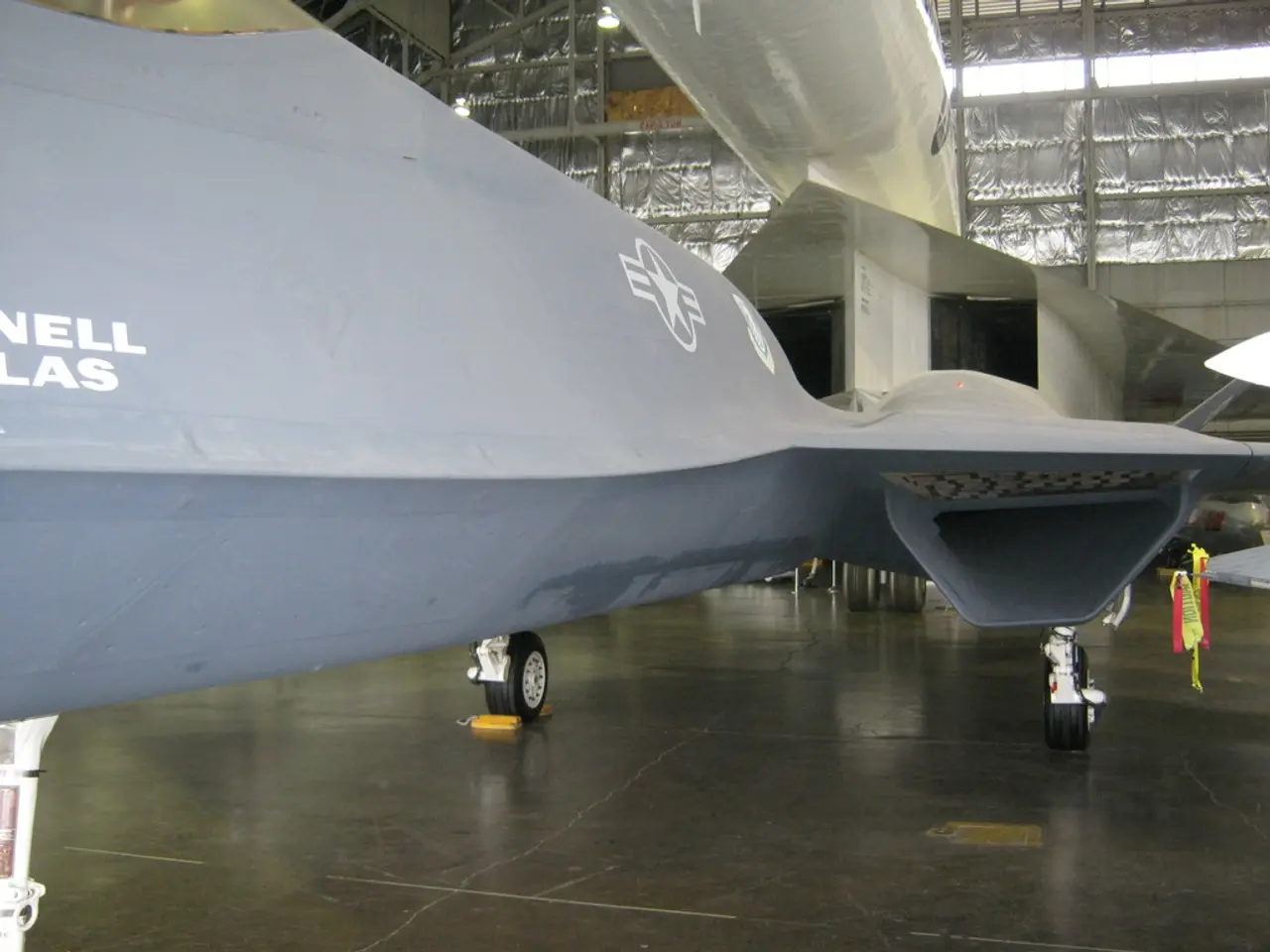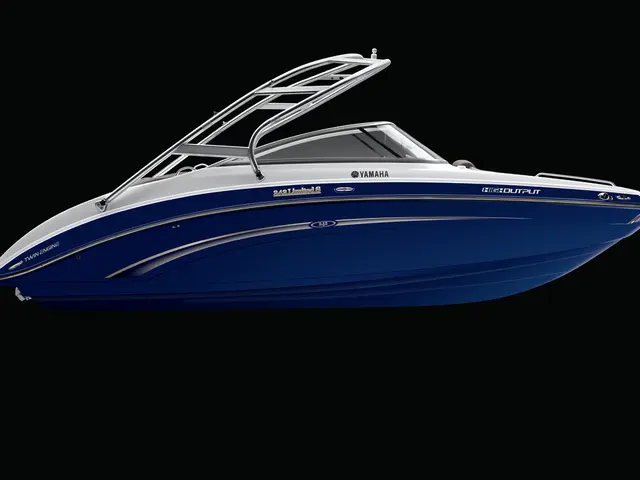Airline restriction update: Forbidden to carry certain power banks onboard during flights
In response to growing safety concerns related to lithium battery fires on flights, airlines in Asia have implemented stricter regulations for carrying power banks. Here's what you need to know about the updated rules.
Passengers are generally allowed up to five power banks, each with a capacity not exceeding 100 watt-hours (Wh). Carrying more than five or power banks in the 101-160 Wh range requires airline approval. Power banks above 160 Wh are generally prohibited. These power banks must be carried in the cabin (carry-on baggage) and are not allowed in checked luggage to mitigate fire risks.
The use of power banks to charge devices during the flight is banned by many Asian carriers such as AirAsia Philippines, Hong Kong Airlines, EVA Airways, Singapore Airlines, Thai Airways, and Scoot. Devices must be switched off or stored safely, typically under the seat or in the seat pocket, and not in overhead bins.
China has implemented a strict ban effective June 28, 2025, prohibiting any power banks that lack the mandatory 3C (China Compulsory Certification) mark on all domestic and business aviation flights departing mainland China. This includes recalled or uncertified models. Non-compliant power banks are confiscated or must be abandoned before boarding.
Airports in China and other countries are tightening inspection of power banks to ensure compliance, with provisions for temporary storage or disposal of unauthorized batteries.
The European Aviation Safety Agency (EASA) has stated that power banks can overheat and catch fire due to malfunction or mechanical damage. Therefore, it is essential for passengers to always check the regulations of their airline regarding power banks.
It is also worth noting that older devices may be affected by the new certification, as the 3C safety certification has only been available since August 2023. In January 2025, a power bank caught fire on a plane operated by the South Korean airline Air Busan, highlighting the importance of these safety measures.
The editorial team provides information about great deals and useful products for readers, but the reporting is fundamentally independent of the existence or amount of a commission. Clicking on affiliate links in the article may result in a commission for the editorial team, but this does not affect the price for the reader.
In summary, the key changes focus on limiting the number and capacity of power banks allowed onboard, mandating hand-carry only, forbidding in-flight use, and enforcing certification marks such as China’s 3C to enhance safety measures against fire hazards on flights across Asia. Always check your airline's regulations regarding power banks to ensure a safe and enjoyable flight.
- Stricter regulations in the aviation industry, specifically in Asia, require passengers to adhere to limitations on the number and capacity of power banks carried on flights, with each power bank not exceeding 100 watt-hours.
- In light of growing fire risks, the use of power banks for device charging during travel is often prohibited by carriers such as AirAsia Philippines, Hong Kong Airlines, EVA Airways, Singapore Airlines, Thai Airways, and Scoot.
- To further enhance safety, China has instituted a ban on power banks lacking the mandatory 3C (China Compulsory Certification) mark, set to take effect in June 2025, for both domestic and business aviation flights departing mainland China.





